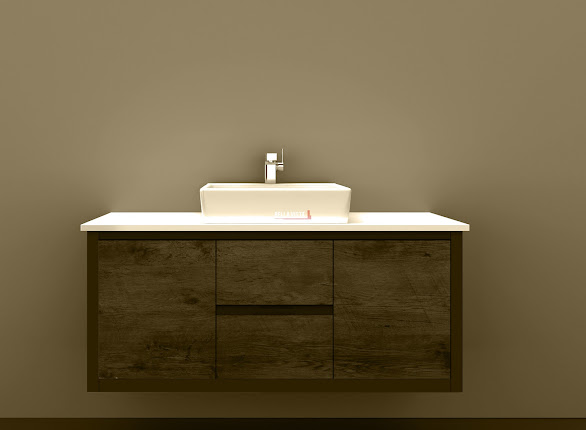The Revolution Of 3d Printing: Unleashing The Power Of Dtf Printing
The world of printing has undergone a remarkable transformation with the advent of 3D printing technology. Among the various techniques that have emerged, Direct-to-Fabric (DTF) printing has garnered significant attention for its ability to revolutionise the textile industry. This groundbreaking method allows for the creation of intricate and vibrant designs directly onto fabric, opening up new possibilities for customisation, efficiency, and creativity. In this blog post, we will explore the fascinating world of DTF printing, its advantages over traditional methods, and its impact on industries ranging from fashion and interior design to automotive manufacturing and beyond.
Unleashing Creativity And Customisation
DTF printing offers a level of creative freedom and customisation that was previously unimaginable. Traditional textile printing methods often involve multiple steps, such as creating screens or plates, which can limit design options and increase production time. With DTF printing, complex designs can be transferred directly onto fabric with precision and speed. This allows for the production of one-of-a-kind, personalised textiles tailored to individual preferences.
Furthermore, DTF printing supports an extensive range of colours and gradients, enabling designers to unleash their creativity and bring their visions to life. Whether it's a bold and vibrant pattern or a subtle and intricate design, DTF printing ensures that every detail is captured with remarkable accuracy. As a result, fashion designers, interior decorators, and artists have a powerful tool at their disposal to express their ideas and showcase their talent.
Efficiency And Sustainability
Apart from its creative potential, DTF printing also offers substantial advantages in terms of efficiency and sustainability. The streamlined process eliminates the need for multiple production steps and reduces the overall production time. With DTF printing, designs can be transferred directly from a digital file to fabric, eliminating the requirement for intermediate steps like screens or stencils. This not only speeds up the production process but also reduces the consumption of resources and minimises waste.
Moreover, DTF printing enables precise ink placement, resulting in minimal ink wastage and higher ink utilisation rates compared to traditional methods. The use of specialised dyes and pigments also ensures vibrant and long-lasting colours, enhancing the durability and longevity of the printed fabrics.
Impact Across Industries
DTF printing has the potential to make a significant impact across various industries. In the fashion world, it enables designers to push the boundaries of creativity by incorporating intricate patterns, textures, and customised designs directly onto fabrics. This opens up avenues for unique fashion statements, bespoke garments, and even on-demand production, where consumers can have their designs printed onto fabrics of their choice.
In interior design, DTF printing offers an array of possibilities for customised textiles, upholstery, and wall coverings. It allows designers to seamlessly integrate personalised elements into their projects, transforming spaces with unique patterns, colours, and textures.
Automotive manufacturers can also benefit from DTF printing by utilising it for interior upholstery and customised branding. The ability to print directly onto fabric enables them to incorporate intricate logos, patterns, and designs into car interiors, creating a truly immersive and personalised driving experience.
Furthermore, DTF printing finds applications in the medical field, enabling the production of specialised fabrics for orthopedic supports, prosthetics, and even functional textiles with embedded sensors or drug-delivery systems. Its potential also extends to the sports industry, where customised team jerseys, sportswear, and equipment can be produced with ease.
Bottom-Line
DTF printing represents a paradigm shift in the world of printing, providing unprecedented levels of creativity, customisation, efficiency, and sustainability. As the technology continues to advance, its impact will only grow, permeating various industries and transforming the way we design, produce, and interact with textiles. The versatility of DTF printing allows for endless possibilities, whether it's in fashion, interior design, automotive manufacturing, or other sectors.




Comments
Post a Comment